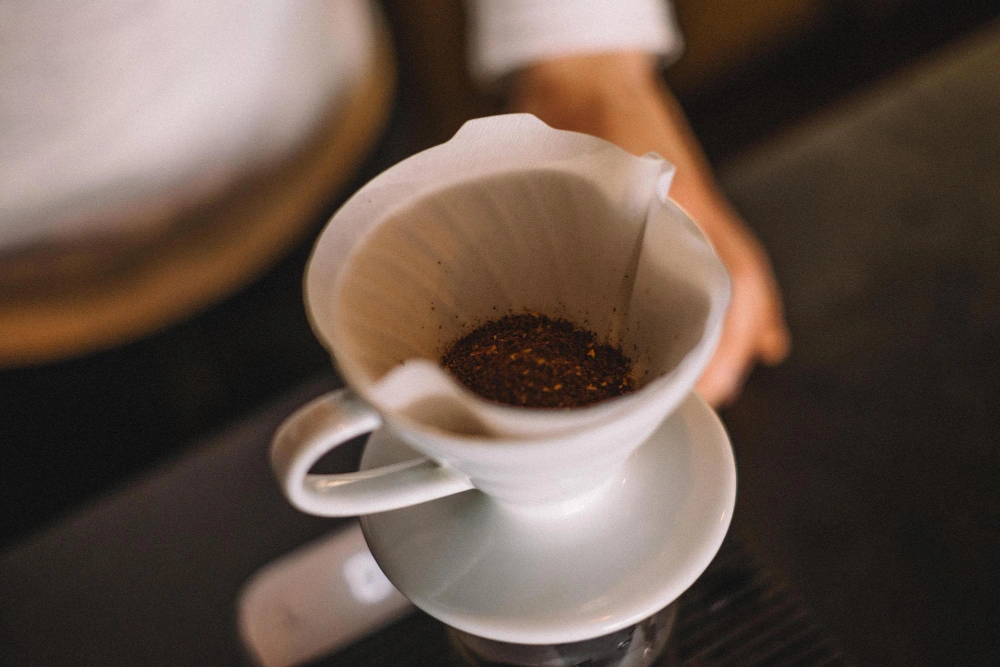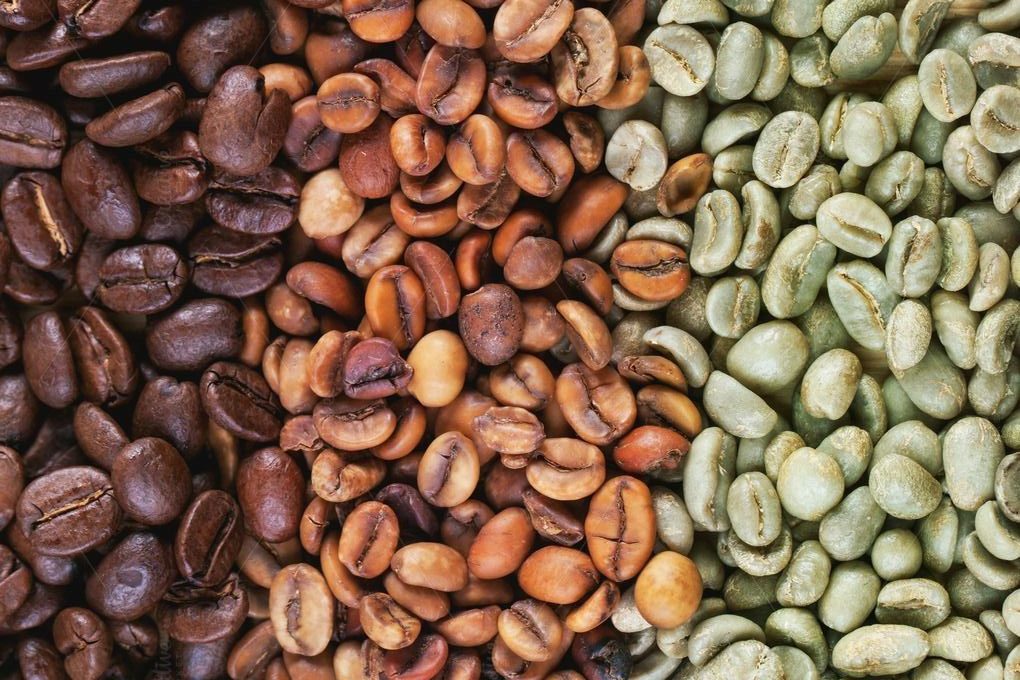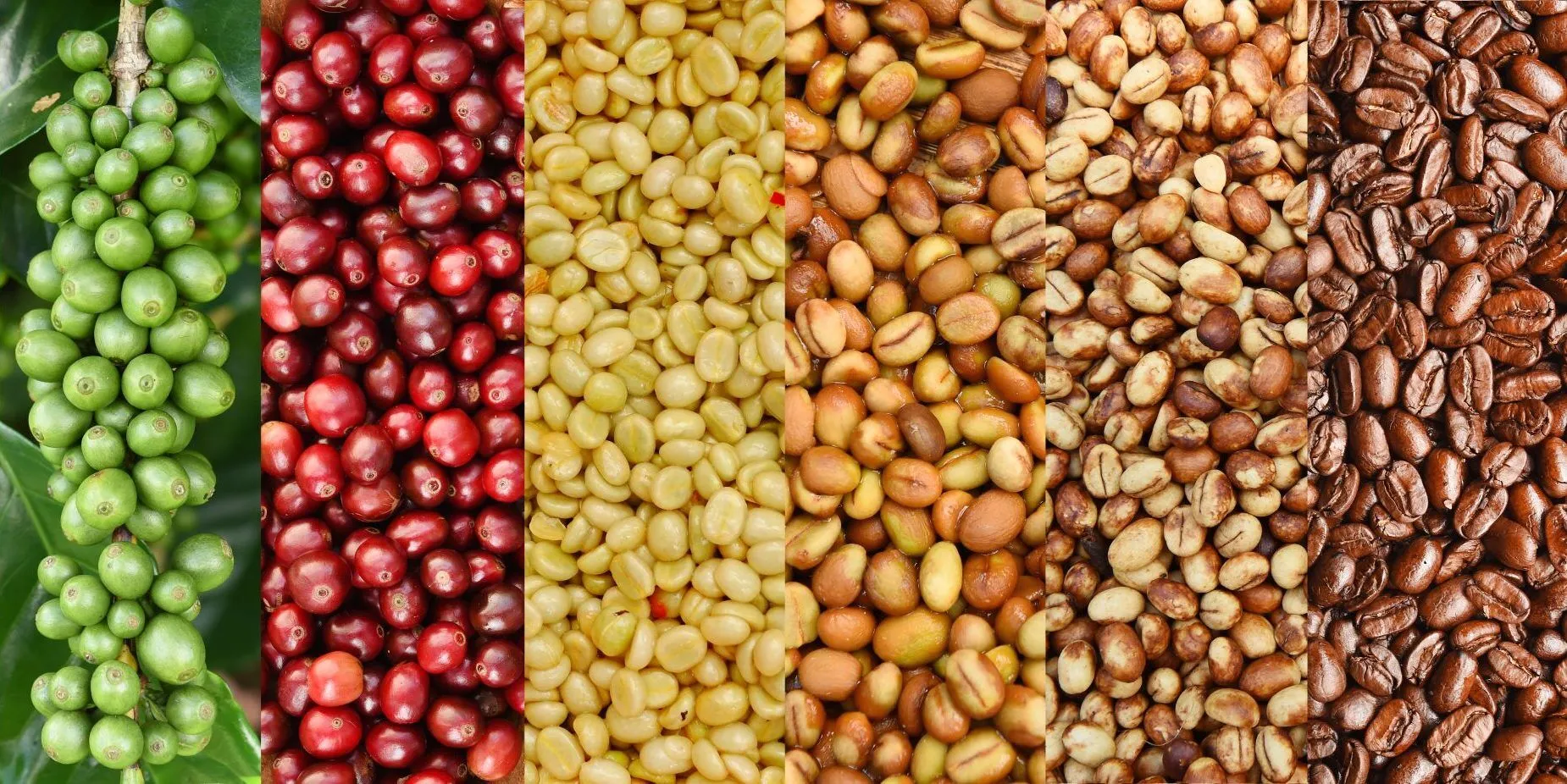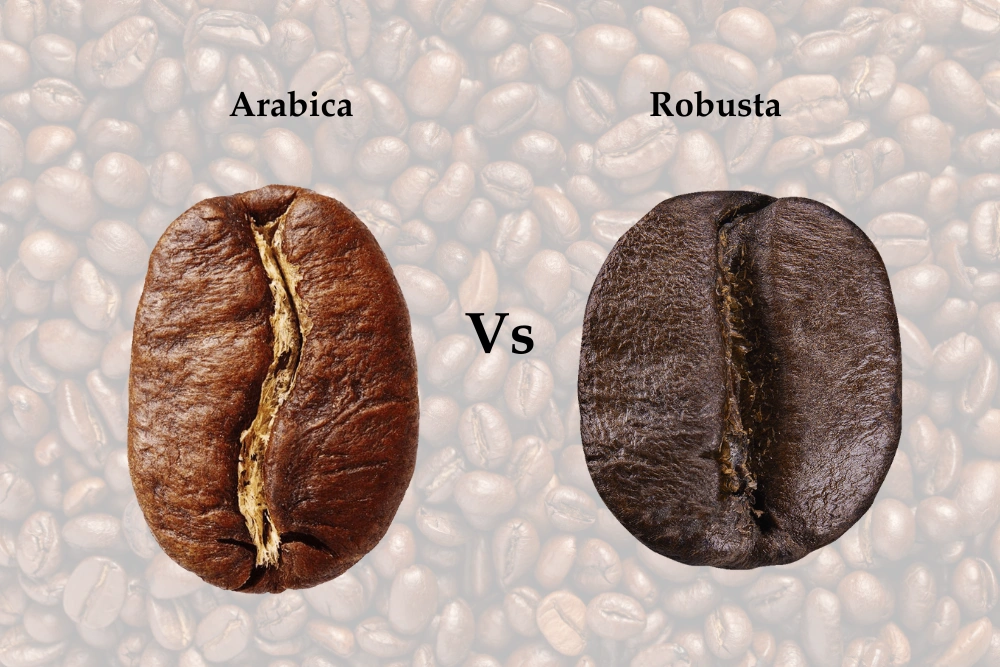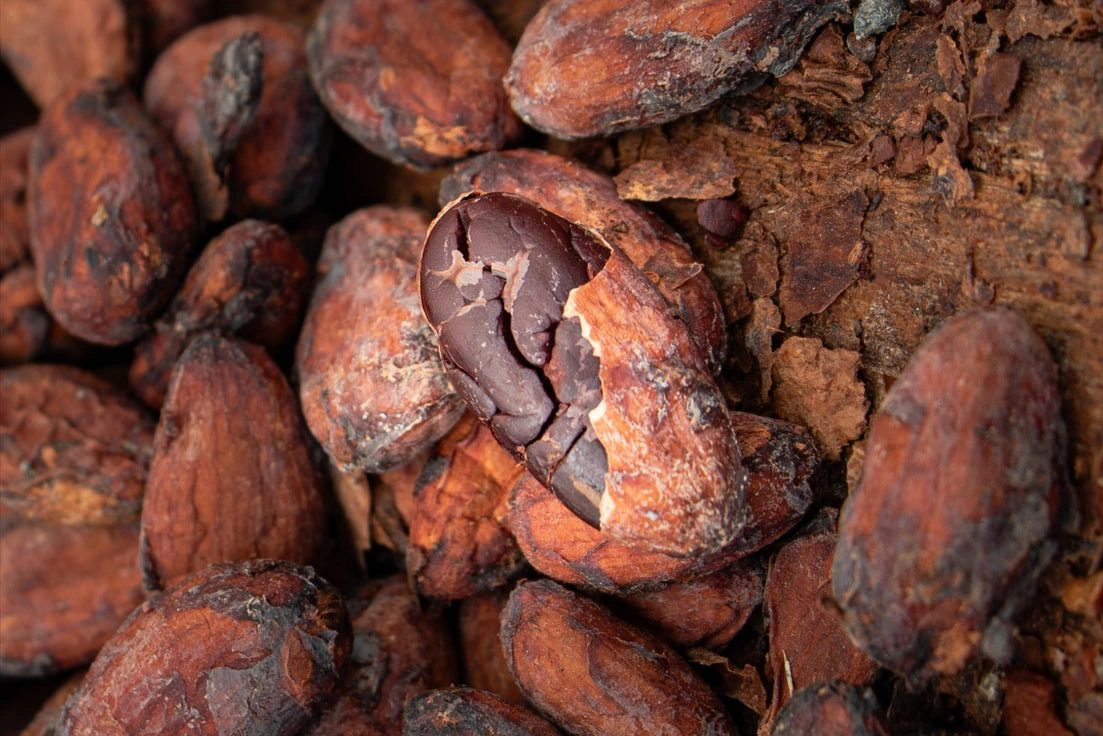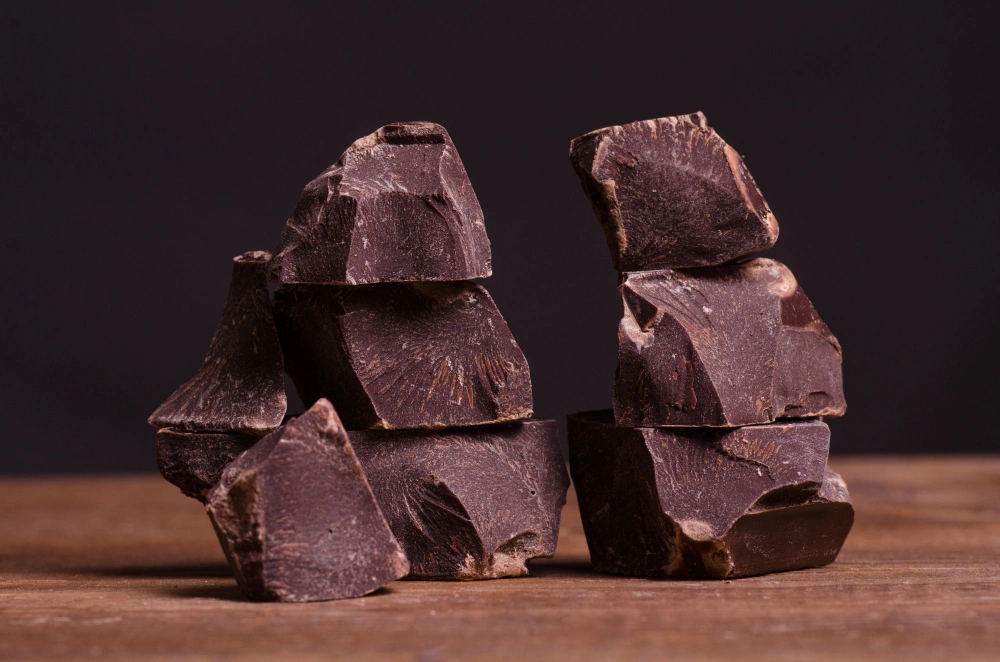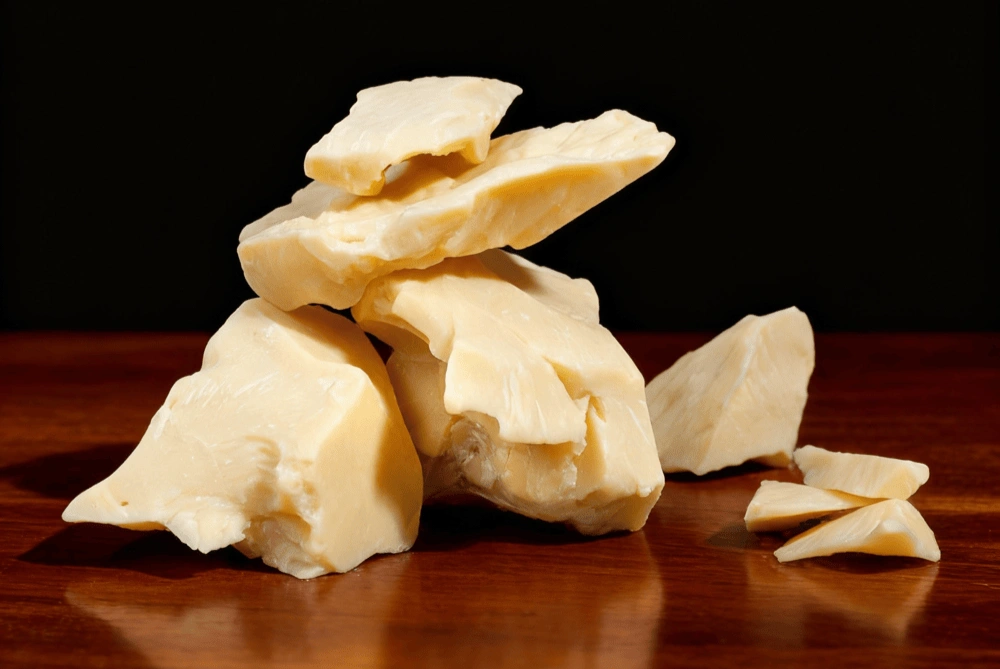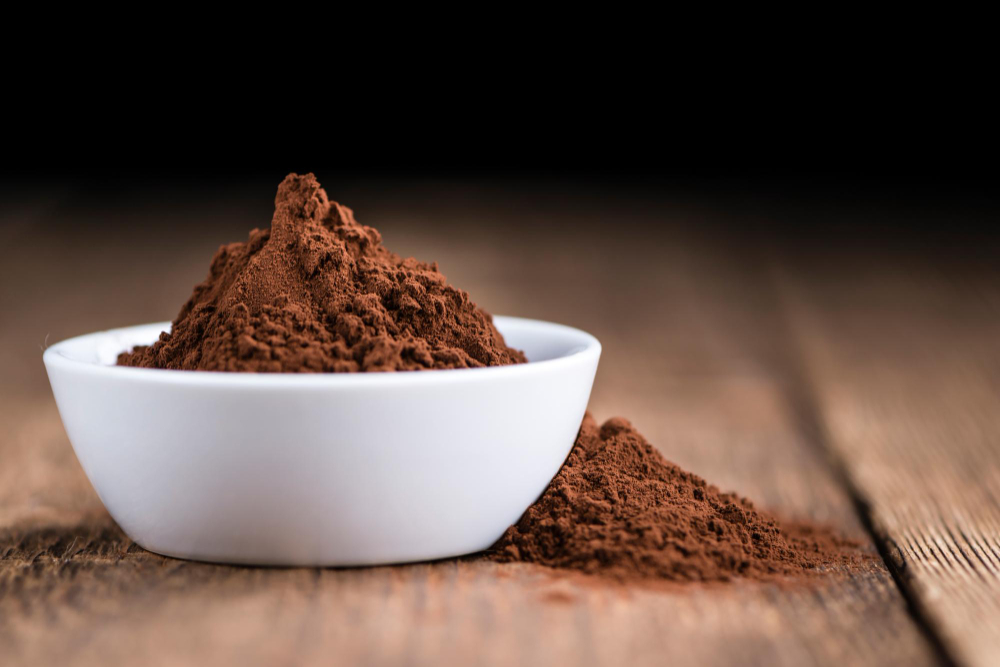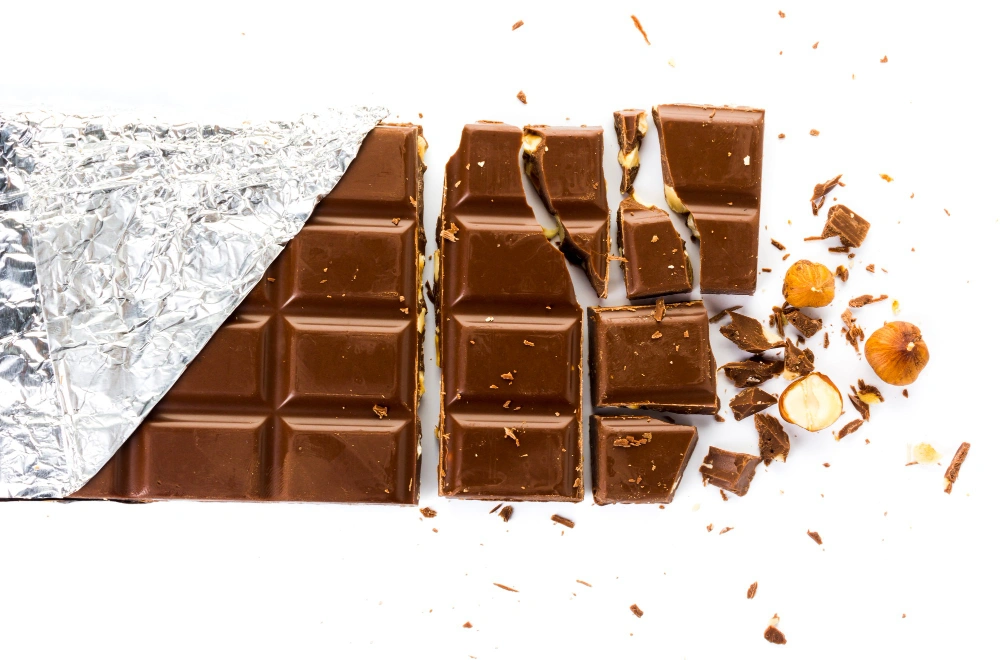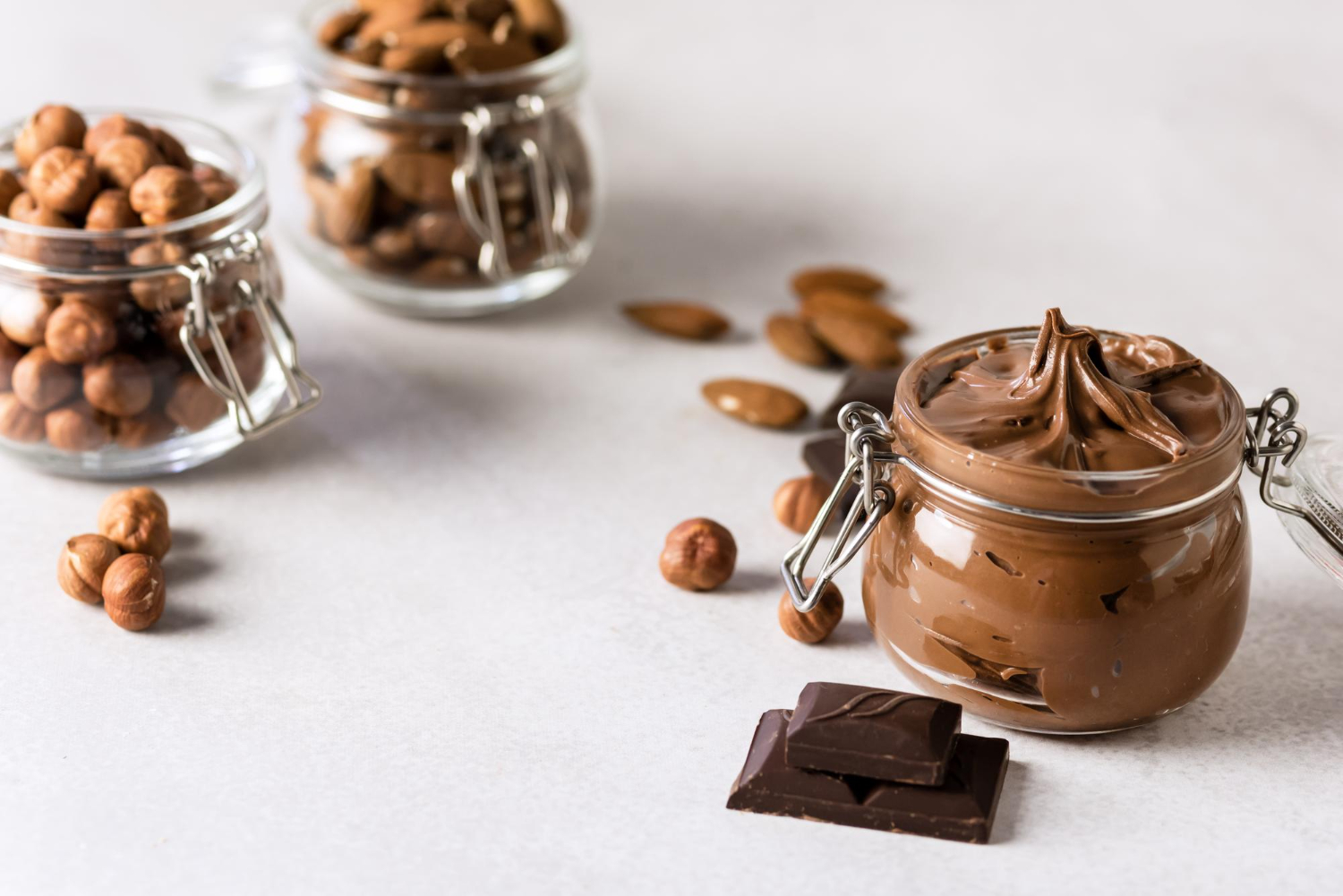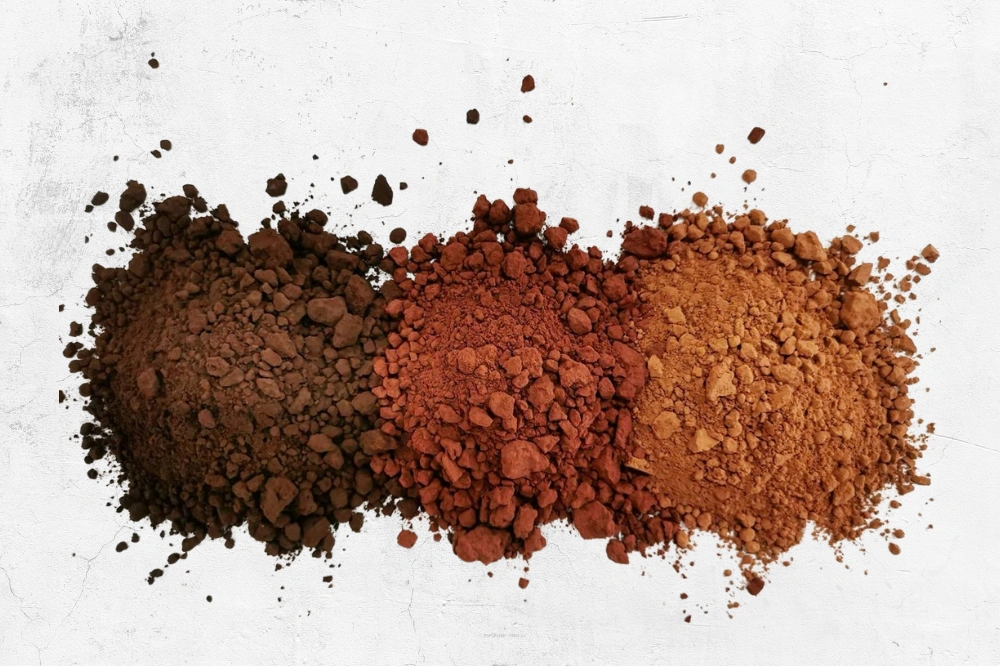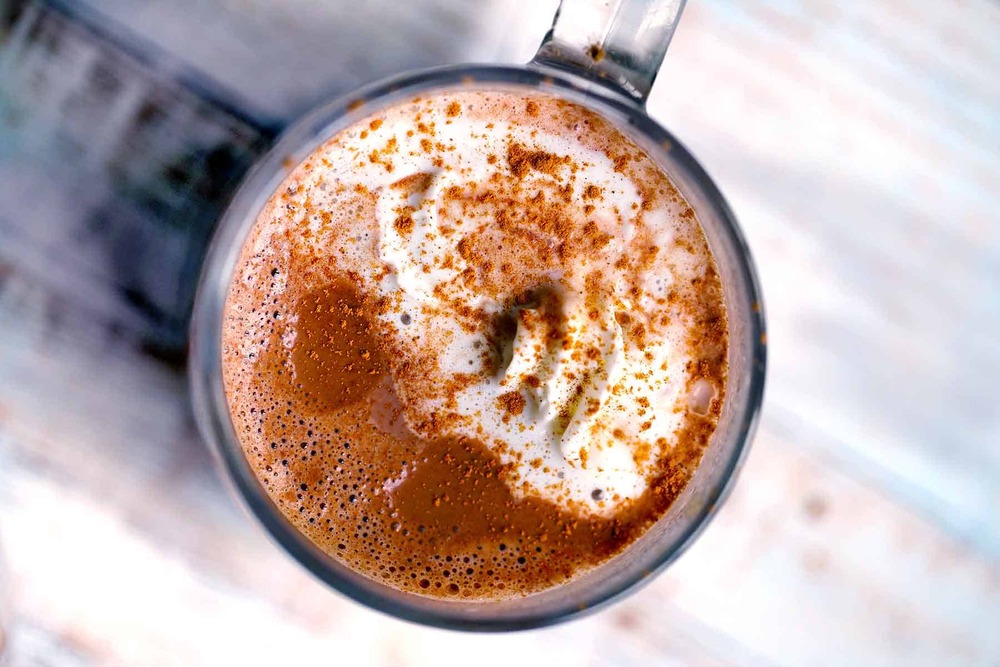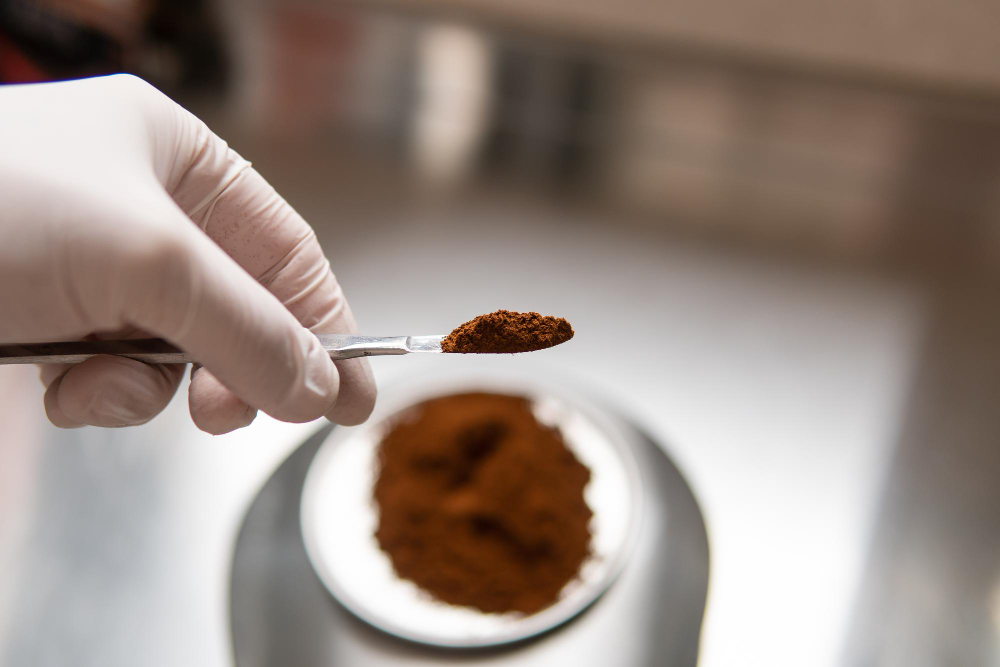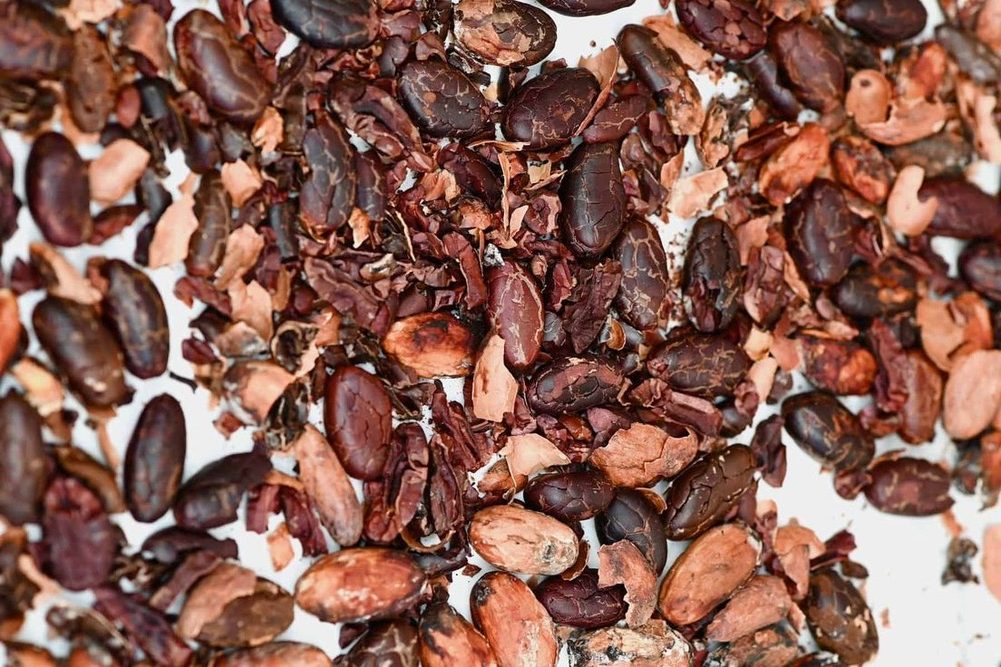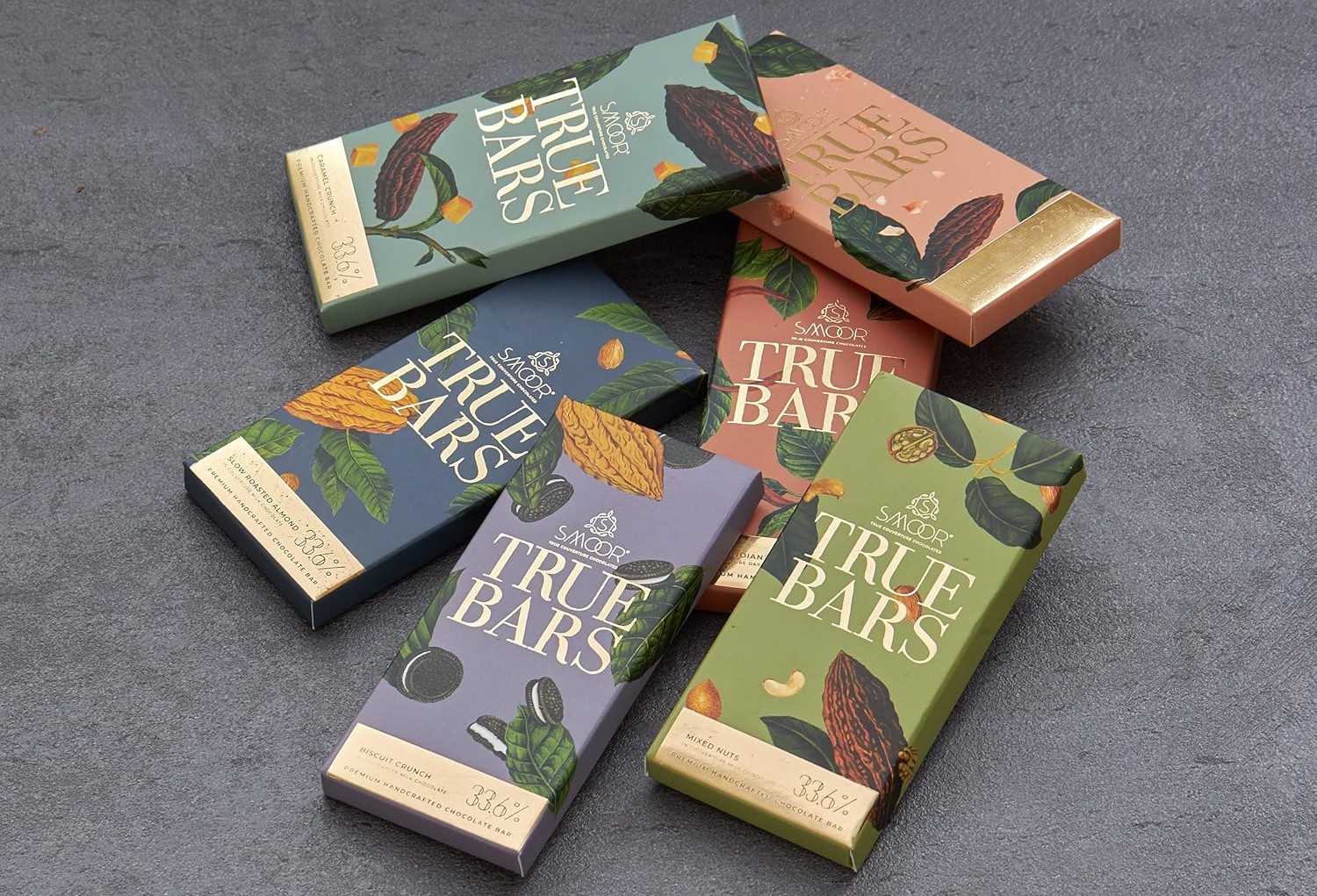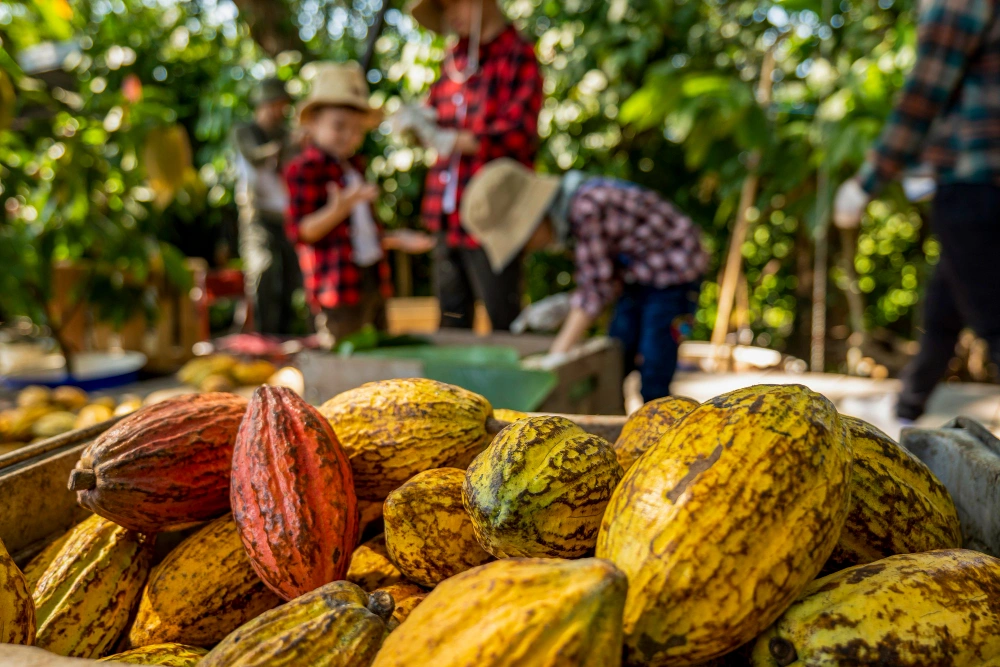شکلات
طعم و پروفایل حسی شکلات روبی 1. منشأ زیستی ترکیبات طعمی + فرآیند انتخاب و هدایت کنترلشده دانههای کاکائویی که برای تولید شکلات روبی انتخاب میشوند،بهطور طبیعی دارای ترکیب متفاوتی از پیشسازهای طعمی و ترکیبات پلیفنولی هستند. 📎 با این حال، پروفایل نهایی شکلات روبی حاصل کشف تصادفی یا پدیدهای
قهوه؛ از منشأ تا نوآوری
منشاء و ترکیبات اصلی شکلات
نقش برشته سازی کاکائو در صنعت شکلاتسازی رست کاکائو فرآیند حرارتدهی کنترلشده به دانههای تخمیر و خشکشده است تا...
مس کاکائو (توده کاکائو) به عنوان مشروب کاکائو یا خمیر کاکائو شناخته می شود، یک جزء مهم در تولید شکلات...
کره کاکائو یک چربی خوراکی زرد کم رنگ است که از دانه کاکائو استخراج می شود. از آن برای تهیه...
پودر کاکائو در فرمولاسیون و طراحی محصول
پایههای علمی و حسی در فرمولاسیون شکلات
بهینه سازی عملکرد پودر کاکائو در صنایع لبنی
نوآوری در فرآوری و انحلالپذیری پودر کاکائو
شرکای تجاری ما
پایداری، مسئولیت اجتماعی و ESG
عوامل اصلی رشد تقاضا رشد سریع تقاضای کپسول قهوه حاصل همزمانی چند روند کلیدی در سبک زندگی، فناوری و دغدغههای زیستمحیطی است که هر کدام
مقایسهٔ CBS با نیب کاکائو از نظر فیبر، پلیفنولها و متیلگزانتینها پوست دانه کاکائو (Cocoa Bean Shell یا CBS) در کنار نیب (Nib) دو
با ما در دنیای نوآوریهای بستهبندی پایدار شکلات آشنا شوید. مواد سبز و فناوریهای پیشرفته که صنعت را متحول میکنند.
Barry Callebaut، Cargill Gerkens و Olam DeZaan پیشگامان تلاشهای پایداری کاکائو هستند. ابتکار "Forever Chocolate" Barry Callebaut هدف دارد تا تا سال ۲۰۲۵ کار کودک را ریشهکن کند، ۵۰۰,۰۰۰ کشاورز را از فقر خارج کند و به وضعیت کربنی مثبت دست یابد. Cargill Gerkens از طریق ابتکار "Cargill Cocoa Promise"

